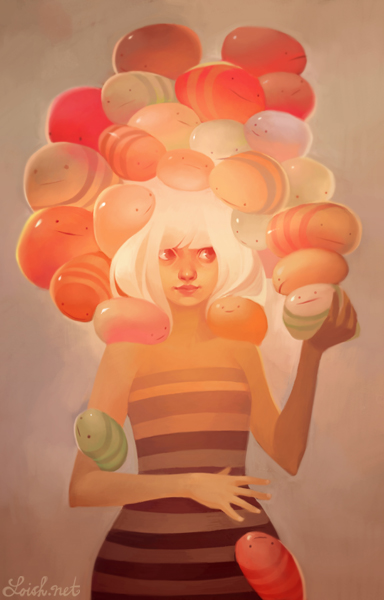1970's: 'film is not the art of scholars, but of illiterates' - Werner Herzog
- Vernaculate in the sense that the Films made for the modority of people, partially the working classes if the italian city.
- Fellini is taken very seriously as an Auteur and comments of the superficiality of middle class existence. His films are associated with style and sophistication and seen as worthy of critical appraisal.
- Can be interpreted in different ways, this means that the modernity of films rant made for the intellectual its made for normal people
- Film its self isn't about literacy or dialogue, its more about visuality and the specucal.
- The vernacular cinema is the opposite to the Auteur theory from the previous lecture involving the theory and method of Hitchcock. looking at other factors that construct a film.
- Involves allot more than regular views of cinema ; audiences, historical and social contexts.
•prima
visioneand secondavisione–
cinemas
thatwatchattracted
a middle class sophisticated audience usually in major cities,
audience selected a film to
•
•terzavisione– less populated areas, cheaper tickets, audience went to cinema based on habit rather than selecting a film. Films were more formulaic and popular films
•
•terzavisione– less populated areas, cheaper tickets, audience went to cinema based on habit rather than selecting a film. Films were more formulaic and popular films
• Wagstaff
notes that the terza visione
audience was more like a television audience, going to the cinema after dinner,
without any particular film in mind, arriving without respect to start time,
and often using the outing as a social event, to talk during the screening,
meet with friends, etc.
•(in
some churches mass was conducted in a similar way)
Filone/Genre
Instead of using the word genre the italians would use the word filone.
Filone is a very similar term for genre but not quite.
Based on the idea of geology- layers of veins within a larger layer.
Speggetti wastern is an offshoot an vein within the larger starter
Filone is more respectful it means in the tradition of, by emulating someone else you are been
respectful
Examples
of Filone are, Giallo – based on detective novels, Spaghetti
Westerns, Mondo/Cannibal
film, Poliziottesco – police procedural.
Giallo is interesting as it mixes the detective novel with the sequences of the spectacular horror
Typicall sequence of a spaghetti western is the film " The Good, the Bad and the Ugly 1966 directed
by Sergio Leone.
•Use
of sound
•Use
of Music
•Lack
of dialogue
•Use
of eye line and cutting
•Differences
in scale
•Use
of camera to tell a story
•Fragmentation
of body
•Catholic
references
Giallo
Giallo
is italian for 'Yellow' and stems from the series of cheap paperback
crime novels and mysteries novels the
films are based on.
Literature for the working classes
Giallo Directors making films for mass audiences are: Mario Bava, Dario Argento and Lucio Fulci.
generic
stylish and expressionistic.
challenge your good taste, there is a lot of gore and sex appealing to the audience.
exploration movies
Theses film were cheaply made that sometimes just went out as a title without a script.
Subjective POV
•Killer-cam
•Eye
line shot – killer/victim/amateur detective
•Set
pieces
•Art
and cultural references
•Semiotics
•Ambivalence
towards modernity, religion and superstition
•The
Fall
Dubbing and Heightened Sound
•Like
Leone, Argento shot
his films without sound then added dialogue and sound effects later.
•This
allows the film to be dubbed using many languages
•Often
sold to America and Britain as ‘B’ movies – drive in movies
Signifies lifestyle associated with the product
Freudian Psychology
•Many giallo demand to be read from psychoanalytical point
of view
•Based
on false memory
•Childhood
trauma
•Fetish (eyes, gloves, cut-throat raiser)
•Solution
of mystery lies in art
Works
of art in Giallo are often subverted and associated with the madness of
the psychopath and regularly provide a conduit into the past and into
the mind of the antagonist
Are exploiation films worthy of examination?
•Innovation
and auteurship
•Necessity
is the mother of invention
•Technical
mastery
•Visual
critique based on spectacle rather than literary critique based on narrative
•Tells
us about different kinds of audiences and modes of viewing
•Tells
us about the context in which theses films were made
•Challenge
to Hollywood’s continuity cinema
Is vernacular film dead?
•Multiplexes
aimed at people with cars
•Going
to cinema is a special event
•Cinema
tickets are expensive
•DVD
and digital formats mean audiences watch in own home or on the move
•Social
aspects of film-watching done on line rather than at the cinema

















